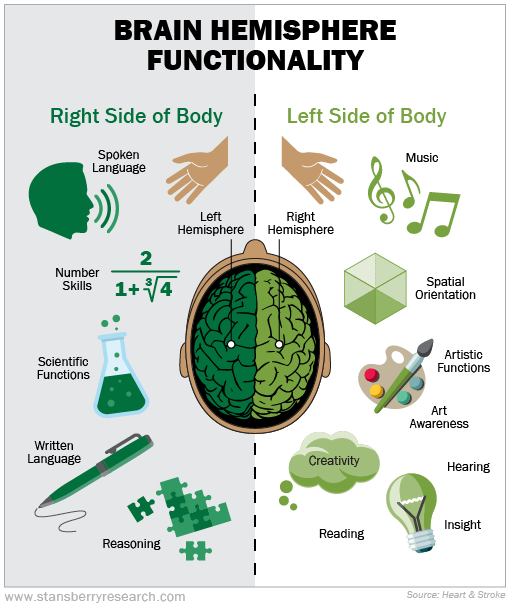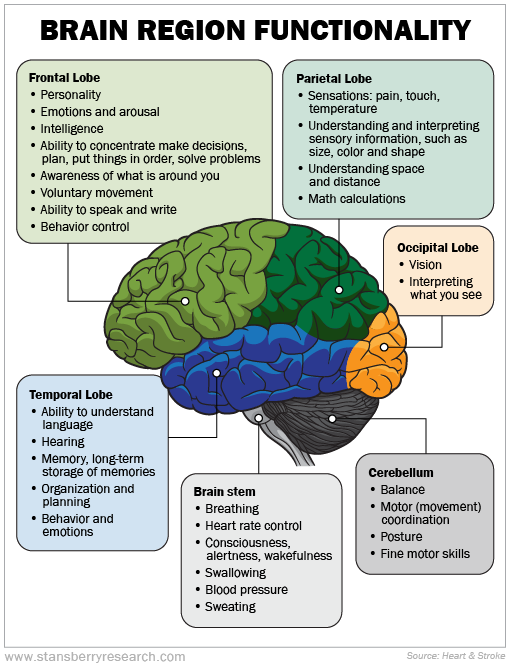I was told to mind my own business, and it might have ruined a man's life...
Back in 1999, I was a third-year medical student, learning applied clinical medicine by rotating in the University of North Carolina's emergency room. One evening, with the place hopping, people were getting "triaged" into the hallways. I was assigned a 70-year-old man with signs and symptoms of a stroke. He was on a gurney in one of the back hallways while his family stood and paced nervously nearby.
After conducting my exam and taking his history, the diagnosis was clearly a stroke. And even more obvious to me was that it was a caused by a clot versus a much rarer bleeding stroke.
Sadly, when I presented my case to the ER's physician in charge, she looked at me and said I didn't know what I was talking about and that I should move on to see other patients. There I was pleading with a "senior" (even though I was older) doctor who literally wrote the book on emergency medicine. Instead of moving quickly to treat the emergency it was, she pulled rank on me.
It was obvious, even to this man's family once I explained things, that dad/grandpa was having a "brain attack."
The doctor in charge regarded me as just some dumb third-year medical student. What she didn't know was that my cousin's wife had invented tissue plasminogen activator (tPA), the breakthrough clot-busting drug for heart attacks. Used regularly to bust open clots in heart vessels, my gut told me it had a place in stroke therapy.
Today, medicine and ERs treat a stroke just like a heart attack... The faster and sooner patients get treated, the better the outcome. And today, tPA is administered to qualifying stroke patients within the first three hours after a stroke.
But not that night. And not for the man with his family waiting anxiously in the ER's hallway.
Over the next year and a half, I followed this family's fate. His life went downhill quickly, his quality of life suffered. Medicare and the healthcare system paid tens of thousands of dollars more because a teaching doctor and hospital cared more about putting me down then trying to help build this man back up during his most critical moments.
Many physicians have an attitude that they always know what's best. Some can't help themselves. They trained and learned in a system that thought residents should work 140 hours a week to be best trained. It created a paternalistic and hostile culture, defective and inefficient. And for this family, it was dangerous. This was one of the first times I realized that doctors aren't always right. It still makes me angry to think about it.
Last week, I shared some basics of what a stroke is and how to know if you're having one. Today, we'll dig deeper into what it means for someone after they have a stroke...
How can surviving a stroke affect me?
A stroke can occur in any part of the brain. And its impact depends on two things: where in the brain it occurs, and how much brain tissue is damaged.
The following image gives a brief description of what the two hemispheres of the brain control...

In this image, you can see what each region of your brain controls...

So looking at the above image, you can see that if a stroke occurs somewhere in the temporal lobe (pictured blue in the second image) and on the left side of the brain, it could create problems with:
- Understanding language
- Hearing
- Storing long-term memories
- Organizing and planning tasks
- Regulating your behavior and emotions
- Voluntarily moving the muscles on the right side of your body
But if a stroke occurs in the parietal lobe (pictured light green in the second image) and on the right side of the brain, the impact will be different.
What kind of treatment is available?
After a stroke, the goal of rehabilitation therapy is to get you as close to your pre-stroke self as possible. The sooner you start, the better your outcomes. Your treatment team may include a physical therapist, occupational therapist, and a speech therapist.
A physical therapist helps you relearn activities that require muscle strength, endurance, planning, and coordination – like walking, sitting, and going from a lying position to standing.
An occupational therapist helps you relearn how to perform activities of daily living ("ADLs") that are meaningful to you, like brushing your teeth, making your bed, or cooking.
A speech therapist helps you relearn to communicate. This includes developing skills like choosing the correct words to say what you mean, understanding words that are spoken to you, and shaping your mouth and tongue correctly to pronounce words.
You can also benefit from seeing a psychologist and a neurologist. A psychologist also helps with any cognitive, emotional, or behavioral challenges you might be experiencing. And a neurologist recommends personalized treatments to target the specific parts of your brain that was affected.
How can I reduce my risks?
There are a few risk factors you can't control. At age 55, your lifetime risk of stroke is about 17% for men and 21% for women.
Prior heart attacks and transient ischemic attacks (those "mini" strokes that we mentioned last week) also increase your risk. Women and African-Americans have higher risks as well. And strokes tend to have a genetic component, meaning your family history plays a role.
Having an irregular heartbeat – known as atrial fibrillation ("AFib") – also increases stroke risk, but you can control your AFib with monitoring and yoga.
Luckily, there are also risk factors you can control. That includes avoiding foods high in trans fat, and what I call "white killers" – like white sugar, white rice, and white potatoes – which spike your blood sugar, raise inflammation, and contribute to cardiovascular diseases (like stroke).
Instead, remember to eat fruits and vegetables every day. A 2017 study found that folks who ate up to 800 grams of fruits and vegetables – or 10 servings – each day had a 33% reduced risk of stroke, compared with folks not eating fruits and vegetables.
Numerous studies also highlight the benefits of drinking one glass of red wine a day to help reduce your risk of stroke. Red wine has a compound called resveratrol, which lowers inflammation and allows a smoother blood flow through the vessels, thus preventing blood clots. (And I have a particularly delicious Cabernet Sauvignon available at the moment.)
Also, a sedentary lifestyle significantly increases your stroke risk. A 2022 study published in June found adults over 45 who spent 13 hours or more each day being inactive were 44% more likely to have a stroke. The researchers also found that every hour spent performing light activities – like stretching, washing dishes, or browsing in a store – meant a 14% reduction in a person's chances of having a stroke.
So one of the best ways to reduce your risk of having a stroke is to get up and get moving. Do what I do and prioritize movement every day. Take a walk around the block. Join a fitness class with friends. And set alarms on your phone that remind you to get up and move around throughout the day.
What We're Reading...
- In case you missed it: Strokes aren't just a problem for old folks.
- Find a stroke support group in your area.
- Something different: Check out the world's largest crystal cave.
Here's to our health, wealth, and a great retirement,
Dr. David Eifrig and the Health & Wealth Bulletin Research Team
August 2, 2022
